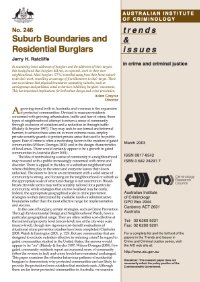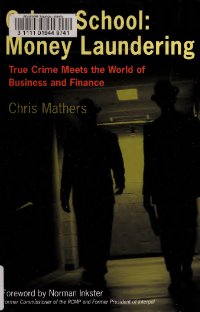By Christopher E. Ferrell, Shishir Mathur, Justin Meek and Matthew Piven
There are considerable environmental and public health benefits if people choose to walk, bicycle, or ride transit, instead of drive. However, little work has been done on the effects of neighborhood crimes on mode choice. Instinctively, we understand that the threats posed by possible criminal activity in one’s neighborhood can play a major role in the decision to drive, take transit, walk or ride a bicycle, but so far little empirical evidence supports this notion, let alone guides public infrastructure investments, land use planning, or the allocation of police services. This report--describing Phase 2 of a research study conducted for the Mineta Transportation Institute on crime and travel behavior--finds that high crime neighborhoods tend to discourage residents from walking or riding a bicycle. When comparing a high crime to a lower crime neighborhood the odds of walking over choosing auto decrease by 17.25 percent for work trips and 61 percent for non-work trips. For transit access to work trips, the odds of choosing walk/bike to a transit station over auto decrease by 48.1 percent. Transit trips, on the other hand, are affected by neighborhood crime levels in a similar way to auto trips, wherein high crime neighborhoods appear to encourage transit mode choice.
San Jose, CA: Mineta Transportation Institute, 2012. 104p.





















